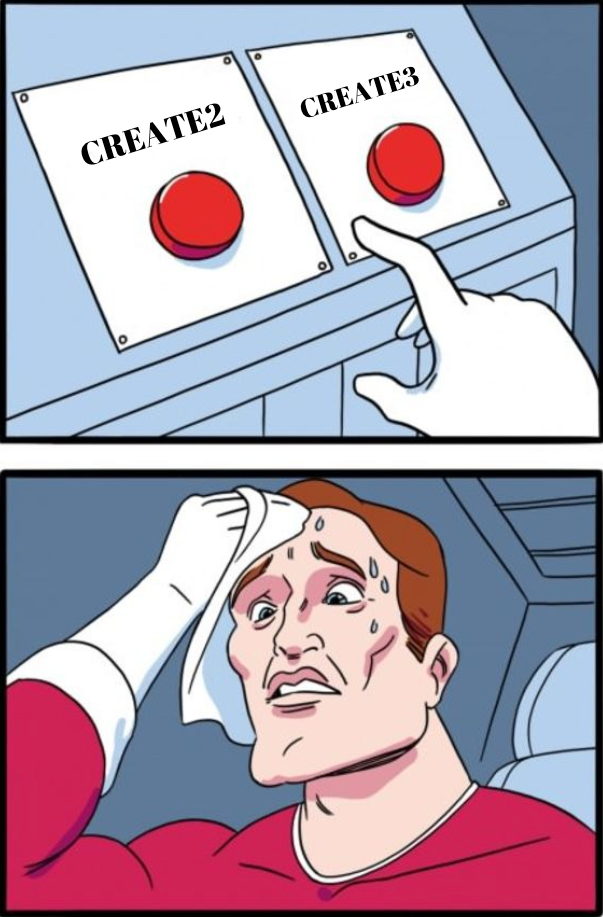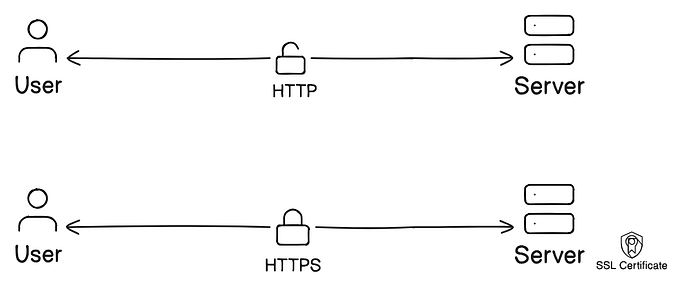The Main Differences between Web2 and Web3
The internet has undergone a dramatic evolution in the past few decades, transitioning from Web1 to Web2, and now to Web3. But what exactly are the main differences between these versions of the internet?
Web1 was the first generation of the internet, characterized by static websites that provided basic information to users. Web2, which emerged in the early 2000s, brought about the rise of social media, mobile apps, and other interactive platforms. But while Web2 has enabled greater connectivity and information-sharing, it’s still reliant on centralized platforms that control user data and can be vulnerable to censorship and hacking.

Web3, on the other hand, is a decentralized version of the internet that operates on a blockchain. This allows users to control their data and identities, eliminating the need for centralized platforms that can be subject to manipulation and abuse.
Web3 also enables the development of dApps, or decentralized applications, that operate on a blockchain and don’t require intermediaries to function. This opens up a new world of possibilities for innovation and disruption in a wide range of industries.
So while Web2 has undoubtedly brought about significant advancements in the way we use the internet, Web3 represents a new era of greater autonomy, transparency, and decentralization.
Stay tuned for more insights on how this innovative technology is transforming the world of business and beyond!










